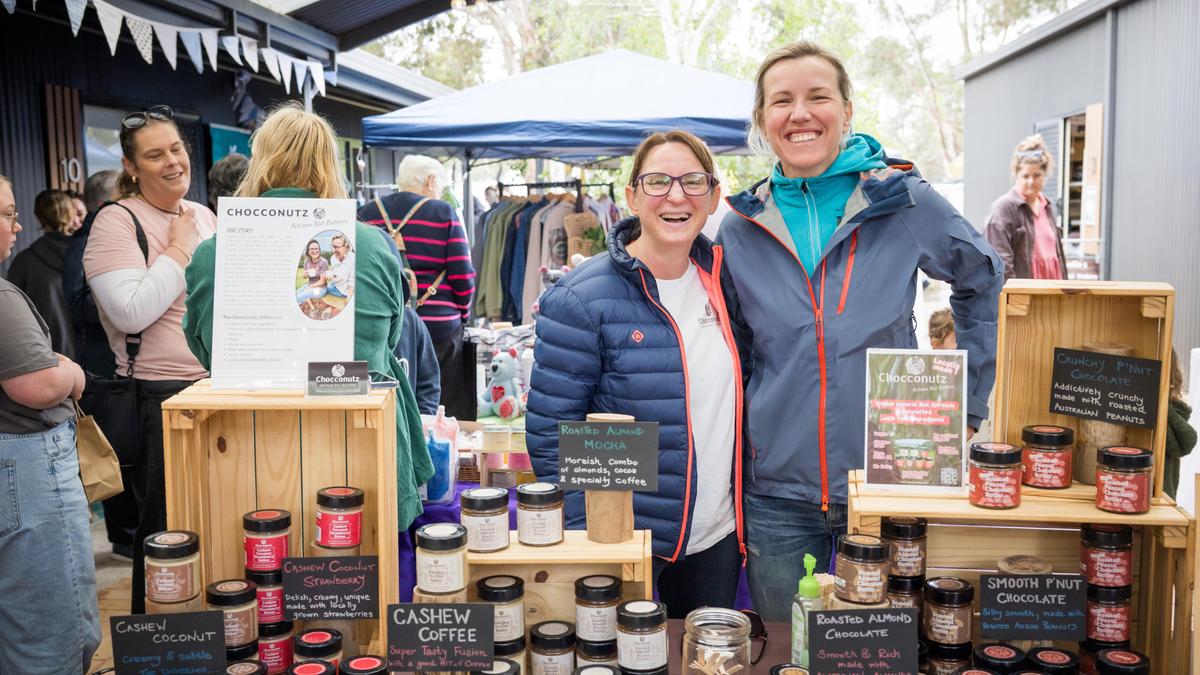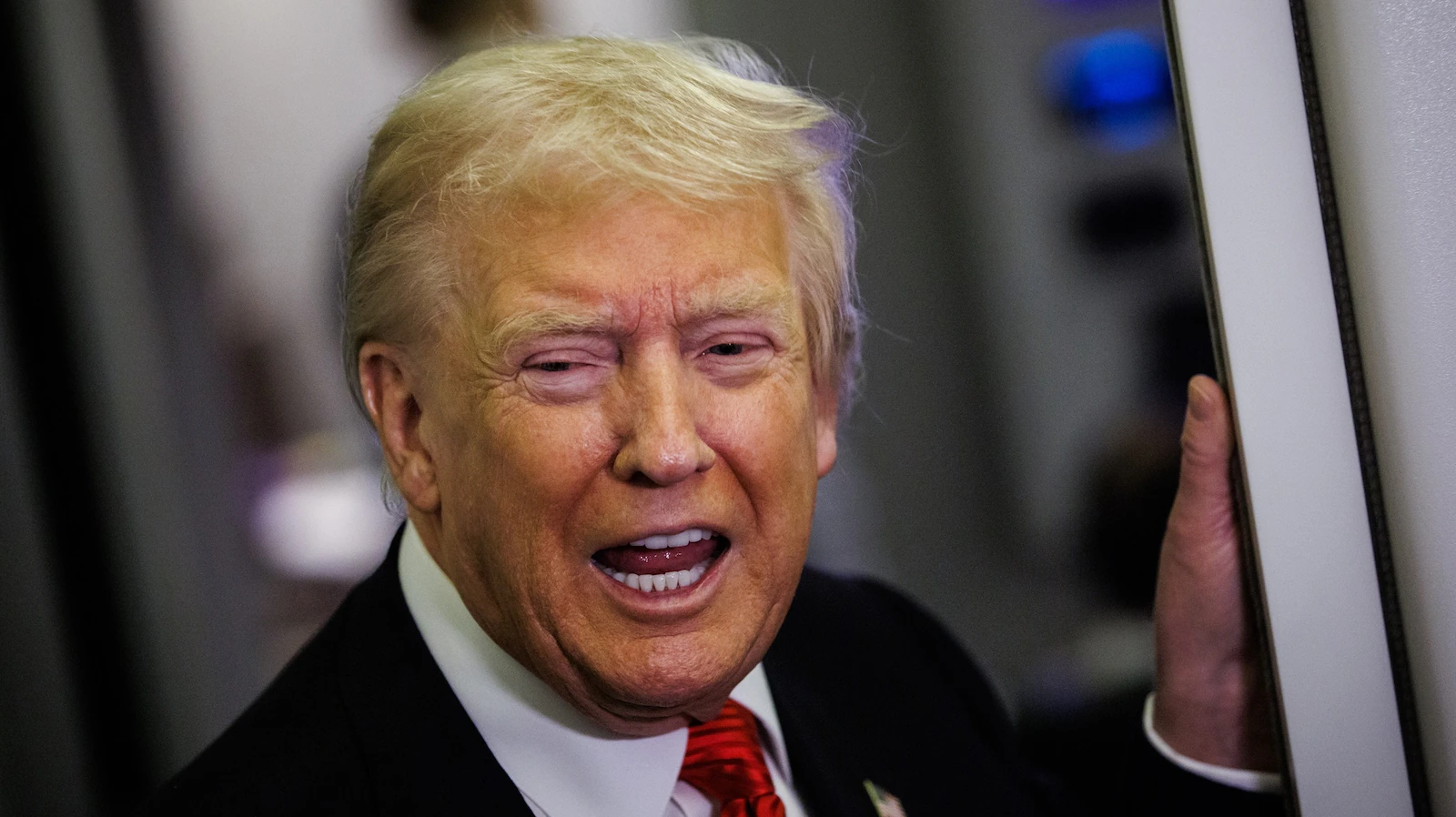Copyright New York Magazine

The full effects of President Donald Trump’s tariffs are here for the holiday season, and the more you know as a consumer, the easier it’ll be to navigate this unusual time. Since the beginning of 2025 we’ve heard about the impact of tariffs on our consumer economy — both immediate and impending, but now the trickle down is evident in more ways than just increased prices. For consumers, this means that international online shopping is now more complicated (and expensive) than ever due to the removal of the de minimus exception, and you won’t see the abundance normally found at domestic retailers this time of year. On the retailer’s side of things, it’s a constant game of policy tracking and hard decisions as supply chain issues cause delays and unexpected costs make pricing difficult. I’ve spent the year following the changes in policy and talking to independent retailers in all sectors to get the temperature on what’s going on, how it’s affecting their businesses, and what they wish shoppers knew about how all of this works behind the checkout counter. Here’s the lowdown on everything you need to know about the effect of tariffs on holiday shopping: Yes, across the board, everything is a little more expensive this holiday season. Most goods are affected by the cost of tariffs — even if they’re manufactured domestically. There are almost no products that can be made in America, entirely of American parts, so products that use imported packaging, ingredients, or materials are still affected by tariffs. From what I’ve heard and observed, on average, price increases typically fall within the 10 percent to 15 percent range. This is often less than what manufacturers and retailers are paying in tariffs, which start at a 10 percent baseline for all countries. A major exception is some electronics, like computers and smartphones, which fall under a special exemption. In most cases, the cost of the tariff gets passed on to the consumer even if you’re not the one paying the bill. If you’re shopping online internationally, you’ll be billed by a broker or the shipping company before your package can be delivered. In some cases, the retailer builds the tax into their prices and pays it up front, but this is not the norm. If you’re shopping in a domestic retail store, the retailer has already paid the tariff on the goods they’re selling, but have surely adjusted their prices to accommodate the increase. Some are scared that their customers won’t pay the increased price, so they’re taking the hit and selling their goods with slimmer margins than usual. Others are getting savvy about finding ways around it. Ken Bernard, co-founder of the Brooklyn outdoors store Outlandish, told me that he’s been able to negotiate with some of his vendors to have them pay the tariff, which makes a big difference when selling goods that have a predetermined MSRP printed on the tag. Katherine Lewin of Big Night says she’s dealing with a significant price increase of one of her best-selling European brands — eased slightly by its offer to split the tariff cost with her. For most businesses, the tariff bills are unpredictable and non-negotiable, and they simply can’t afford to not raise their prices. You can expect everything to be a little scarcer this year. On the manufacturing side of things, brands in many sectors have had a hard time getting the materials they need to produce their goods or have had to scramble to find new, lower cost sources. This has slowed down the supply chain significantly, so there’s just less inventory to go around. Retailers are nervous that customer spending will be restricted, so most have done their buying more conservatively than usual. If cash flow and storage space allowed, some stockpiled inventory earlier in the year so they could keep their prices lower and ensure they would have enough to sell for the holidays, but this is less common. Many wholesale vendors I’ve spoken to have reported that they are taking a normal volume of orders from retailers, the orders are just smaller than they’ve been in the past. Retailers are experiencing major shipment delays, with things held up in customs with no communication for weeks. Because of frequent policy changes, and the rapid implementation of so many new rules, it’s been hard for the agencies who process these shipments to remain efficient and accurate. It’s not uncommon for a retailer to be charged too much based on a clerical or code error, which just slows things down further. In short: While retailers typically prefer to have their holiday inventory organized and in-store in November, don’t be surprised if you see big product roll-outs later than usual, simply because it’s taking longer than anticipated for the product to arrive. According to the The Wall Street Journal, larger retailers and big-box stores stockpiled inventory when prices were lower so they could keep their prices consistent and their margins padded enough to accommodate Black Friday/Cyber Monday sales. In recent years, independent retailers and smaller brands have shied away from blowout sales in favor of more transparent everyday pricing — and this continues to be true. The independent retailers I’ve spoken to are, by and large, singing the same tune: Many are still running modest sales (typically between 10 to 20 percent off) for BFCM, but are more likely to exclude certain brands or product categories that have been hardest hit by price increases, and have, consequently, slimmer margins. For Lisa Cheng Smith, importer and owner of Yun Hai Shop, which sells primarily Taiwanese grocery items, the decision to run her usual 15 percent off sale will be a last-minute one, depending on how steadily she’s moving inventory, which has a best-by date. Unless you’re eyeing something mainstream from a big-box store or large DTC brand, don’t wait. Popular products are more likely to sell out earlier this year, so if there are specific things you’re looking to get, it might not be worth the risk of waiting. In my own shop, we’ve noticed that customers are catching on and shopping earlier than last year, especially for special items that are handmade or limited edition and unlikely to be restocked. The difference between big-box stores and small businesses will be more apparent than ever. Big-box retailers have more buying power with their wholesalers and distributors: They get their goods cheaper because they buy large quantities. Therefore, they have more room to keep their margins high enough to accommodate sales while still generating enough revenue to pay shareholders. For small businesses, it’s a matter of less pricing flexibility and also inventory access. When inventory shortages happen, manufacturers typically prioritize filling the orders of their larger accounts first, meaning that small businesses get last dibs. Most independent retailers simply don’t have the resources and time to handle customs clearance procedures, dispute incorrect tariff bills, and navigate all of the bureaucracy. “For the better part of this year it has felt like Covid. I’m kind of, like, battle ready, it doesn’t seem normal, our staffing isn’t normal.” says Mackenzi Farquer of the popular Lockwood gift shops. Cheng Smith says that if it hadn’t been for a tremendous show of support from her community, she wouldn’t be able to make all of this work. A 60 percent increase in sales volume has helped her survive the new 20 percent tariff on the goods she imports from Taiwan, which make up her entire inventory. When her big holiday inventory shipment arrived a month early from Taiwan, she had to figure out how to front the cash to pay the tariff bill earlier than expected. Things like this can make or break a small business during volatile times. The toy industry relies heavily on manufacturing in China, and in addition to increased prices, I’ve heard from several retailers that there are fewer new items this year. When the tariff conversation first started, many manufacturers pushed to stockpile inventory in anticipation of their busiest season, freezing production later in the year, meaning that there are now fewer novel toys to choose from. Until recently, the US de minimis exception meant that packages shipped to the US with a value of under $800 were tax exempt. Now, if you purchase anything to be shipped from another country, you’re liable to pay the tariff based on the country of origin before receiving your goods. In most cases, you’ll be billed ahead of time via email from either a third-party broker or the shipping company itself. This usually happens while the package is still in transit, so if you pay it promptly, it will be released more efficiently on arrival in the US. If you get a sketchy looking email from a seemingly random company, it’s probably the third-party agency that’s processing the clearance payment — just make sure you check the tracking and information to confirm that it’s correct before paying the bill. Should you choose not to pay the tariff, the package will be refused and either sent back to its origin or destroyed. This chart is a handy and up-to-date resource for tracking tariff percentages by country — they vary drastically. A crucial thing to know is that the rates apply to the country of manufacture, not the shipping country. For example, if you’re buying a Swiss-made watch from a shop in Japan, it will still be subject to the same 39 percent tariff as it would if it were purchased from a shop in Switzerland. Naomi Mishkin, of the made-in-NYC clothing brand Naomi Nomi, explained to me that she’s had to raise the prices on one of her shirts because a fraction of the fiber content of the fabric is made in China, thus subject to the Chinese rates. In addition to the cost of tariffs, you should also consider potential delays. Processing the paperwork and payments for international shipments takes time, and will likely get backed up as we get closer to peak shopping season. Something important to note is that because the tariff policies have changed so many times, and have been put into effect so abruptly, the agencies who deal with processing shipments and tariffs are having a hard time keeping up and are also often confused. The government shutdown is exacerbating the problem. Because retailers have worked so hard this year to prepare for some semblance of a “normal” holiday season, the real trouble might come after it’s over, when the stockpiled goods are sold through, and there’s a new year to plan for and the tariffs are likely unchanged. According to Farquer, the problem comes post-holiday when people want normally stocked stores, and prices settle at their new, higher rates. The most universal piece of advice I’ve heard repeated by shop owners in all sectors is to buy what you want when you see it, because there’s no guarantee it’ll be available later, or at the same price. This certainly isn’t a normal holiday season, but with a little strategic planning and creativity, you can still check everything off your list while supporting your favorite shop. More From The Strategist An Advent Calendar for Every Kind of Person Everything I Use to Survive My Annual 24-Hour Flight to Western Australia Ask Kim France: I’m Really Confused About Pants! I’ve Been Sleeping So Well Since I Started Spraying Magnesium on My Feet See All



